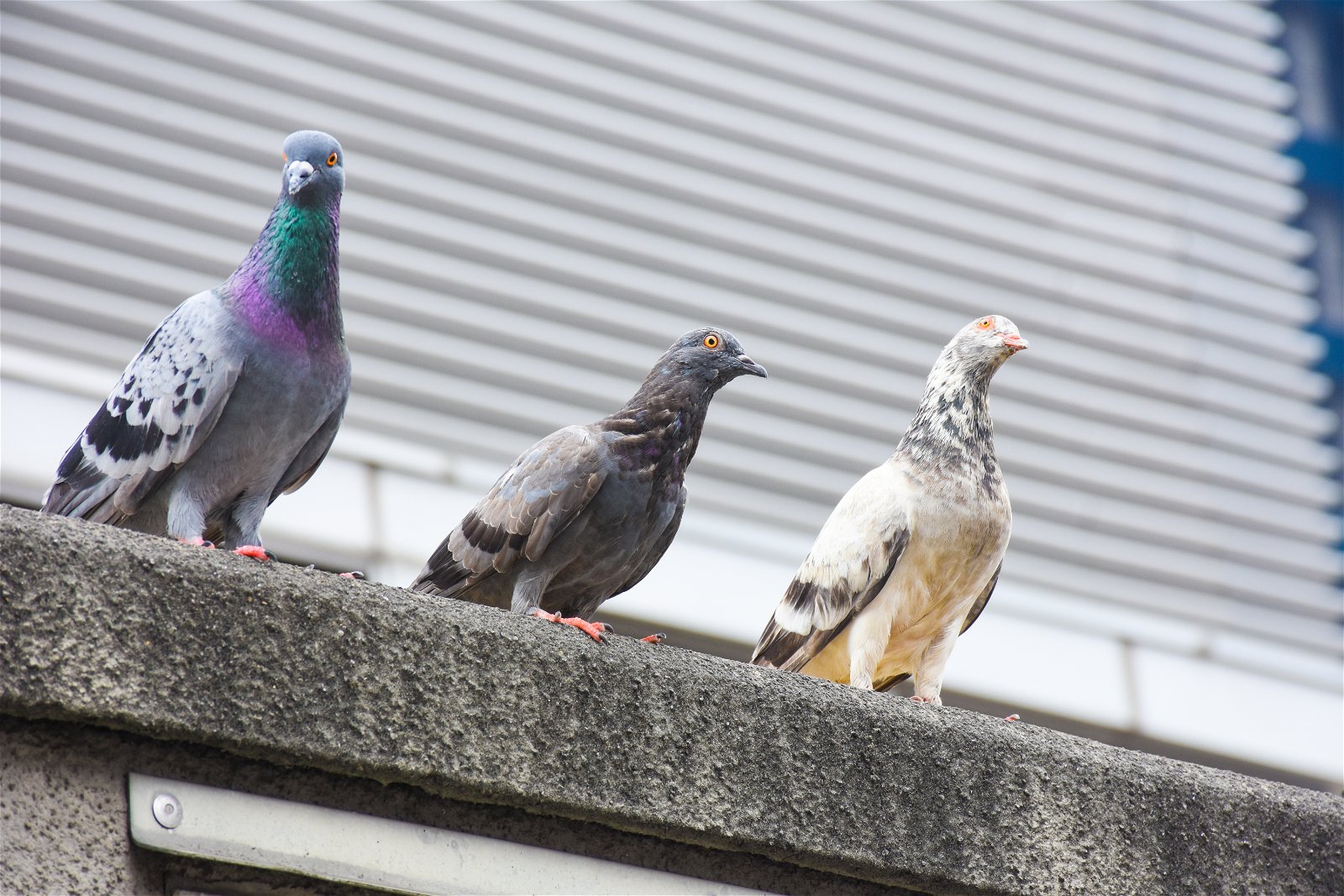How Natural Selection Works
Not All Change Over Time is Natural Selection
Natural selection acts only on inherited traits—traits that are shaped by genes. If an environmental factor—like extra nutrients in the soil—causes a trait in a population to shift, it isn’t natural selection.
For example, if a bear leaves its droppings in a meadow, the boost of nutrients may cause nearby wildflowers to grow larger. But any seeds that grow after the nutrients are used up are smaller once again. The larger size isn’t an inherited trait, so these shifts aren’t from natural selection.
Not all shifts in inherited traits are natural selection, either. Luck can also influence who reproduces. Like if a wildfire destroys most trees in a forest and only the few that remain make seeds. Those few probably won’t have all the variation that existed in the larger population, so some diversity is lost. As the forest grows back, the new tree population may have a different set of traits than the trees that lived before the fire—just by chance.
Or let’s say a storm carries a few birds to an island. Maybe they can’t re-join the bigger flock, but they live and reproduce in their new home. Say one of the birds has a trait that’s rare in the larger population, like a bright orange beak. By luck, this bird has lots of descendants. In a few generations, orange beaks are common on the island—even through the trait didn’t affect survival or reproduction.
To change without natural selection, populations don’t need a dramatic event like a wildfire or storm. Populations change all the time for lots of reasons. That’s why when scientists evaluate shifts in real-life populations, they carefully consider the criteria from the video to decide if it's due to natural selection.
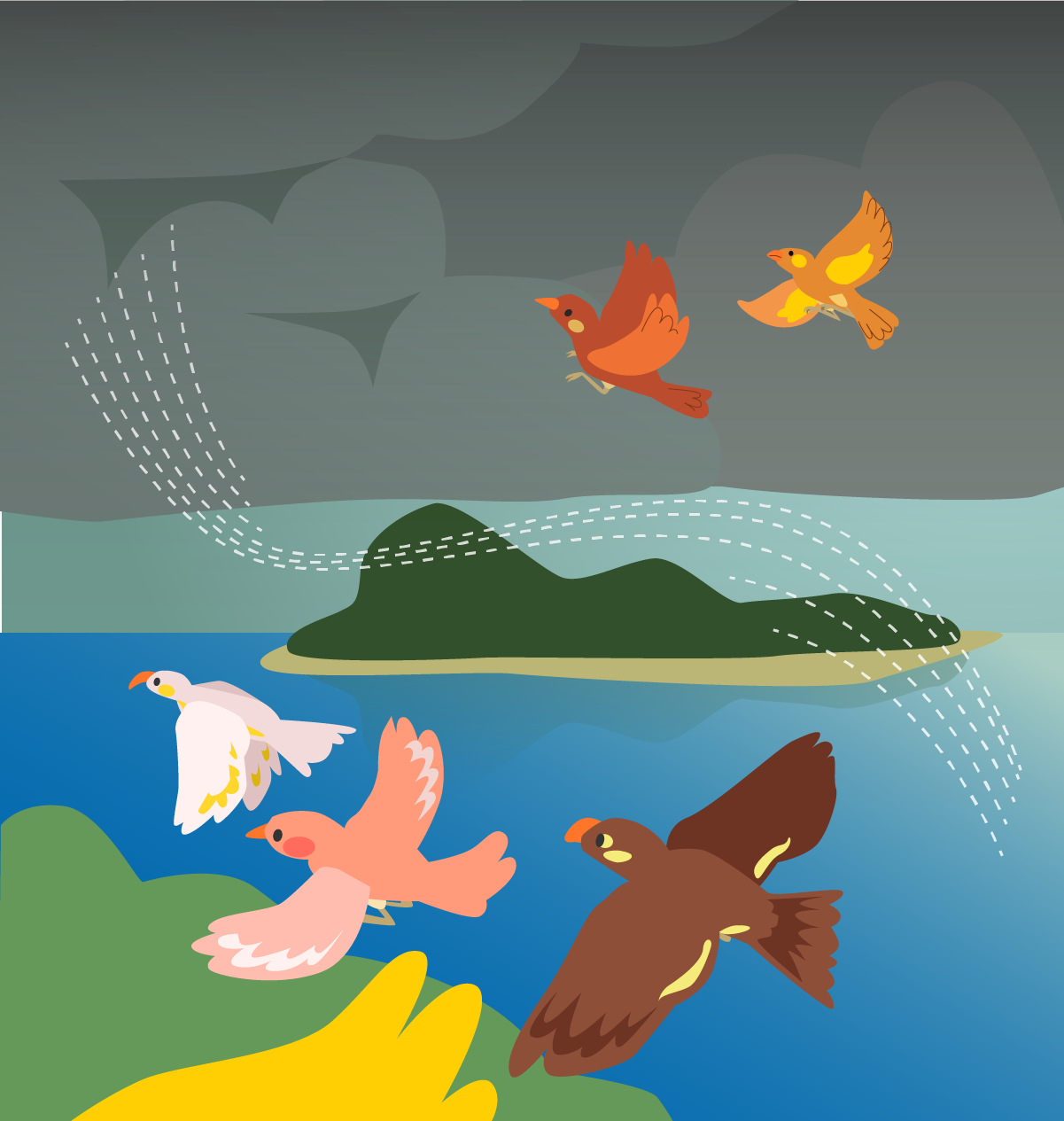
Most Variation is Neutral
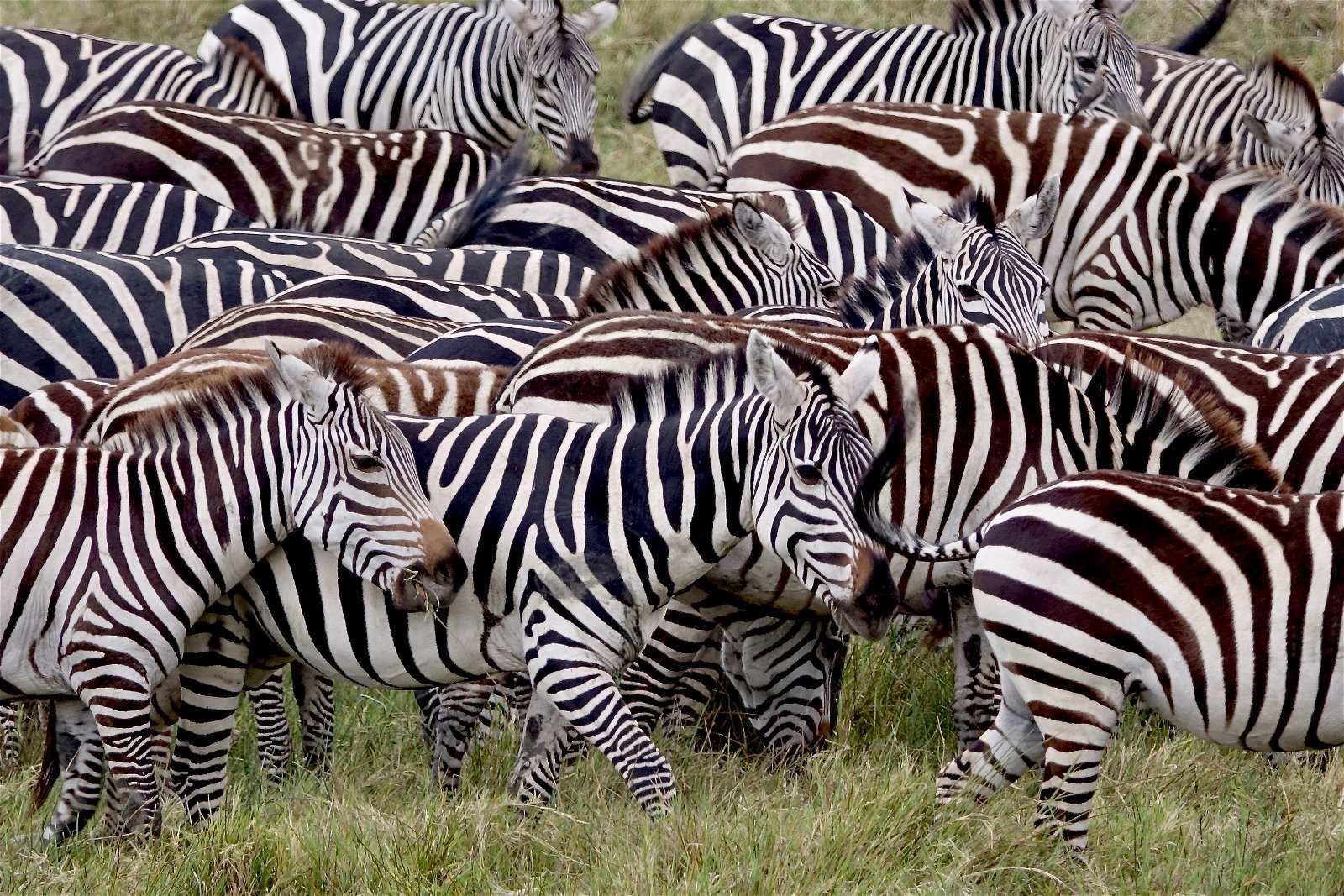
Just because a trait is common in a population, it doesn’t mean natural selection made it that way.
Nearly every population is full of neutral variation. Individual monkeys, cats, and even octopuses prefer to use a specific hand, paw, or tentacle. Each tiger’s stripes are as unique a human fingerprint. And the thickness of branches can vary greatly between trees. Most of the variation in these traits (and many more) has no impact on survival or reproduction.
Like all trait differences, neutral variations pop up through mutation and recombination. And because they don’t affect reproduction one way or another, sometimes they stick around. It is possible, though, that if circumstances change, a variation that was once neutral can become helpful or harmful.
New trait variations come about all the time during reproduction. It happens at random, through two processes: mutation and recombination. For a refresher on how genetic variation arises, visit
Reproduction & Variation.Natural Selection Can Seem Invisible
Change through natural selection keeps populations successful, but the changes aren’t always obvious. They happen under the radar all the time.
Many changes have no impact on visible traits. Living horseshoe crabs look like the fossils of animals that lived nearly half a billion years ago. But these are just surface-level similarities. Researchers studying these animals' DNA see just as much evidence of change over time and genetic diversity as they see in other species.
Sometimes it takes constant change just to keep things as they are. Through natural selection, many species of plants have developed the ability to make toxins that protect them from being eaten. And many species of caterpillars have developed the ability to break down these toxins, giving them access to a vital food source. If the plants shift to making a slightly different toxin, many caterpillars are out of luck. But if some have heritable variations that let them break down the new toxin, they live to reproduce and the population keeps its food source. This can happen again and again. Like a runner on a treadmill, genes in both the plant and caterpillar populations keep changing, but on the surface neither gains any ground.
Natural selection is best known for favoring helpful traits and making them more common in a population. But it has an even bigger job: weeding out harmful traits. If a plant pops up that can’t get the energy it needs from sunlight, it will likely wither away before reproducing. Its harmful gene variations will go with it. We’d probably never notice this happening in the context of a big population. Yet it's one more example of natural selection at work.
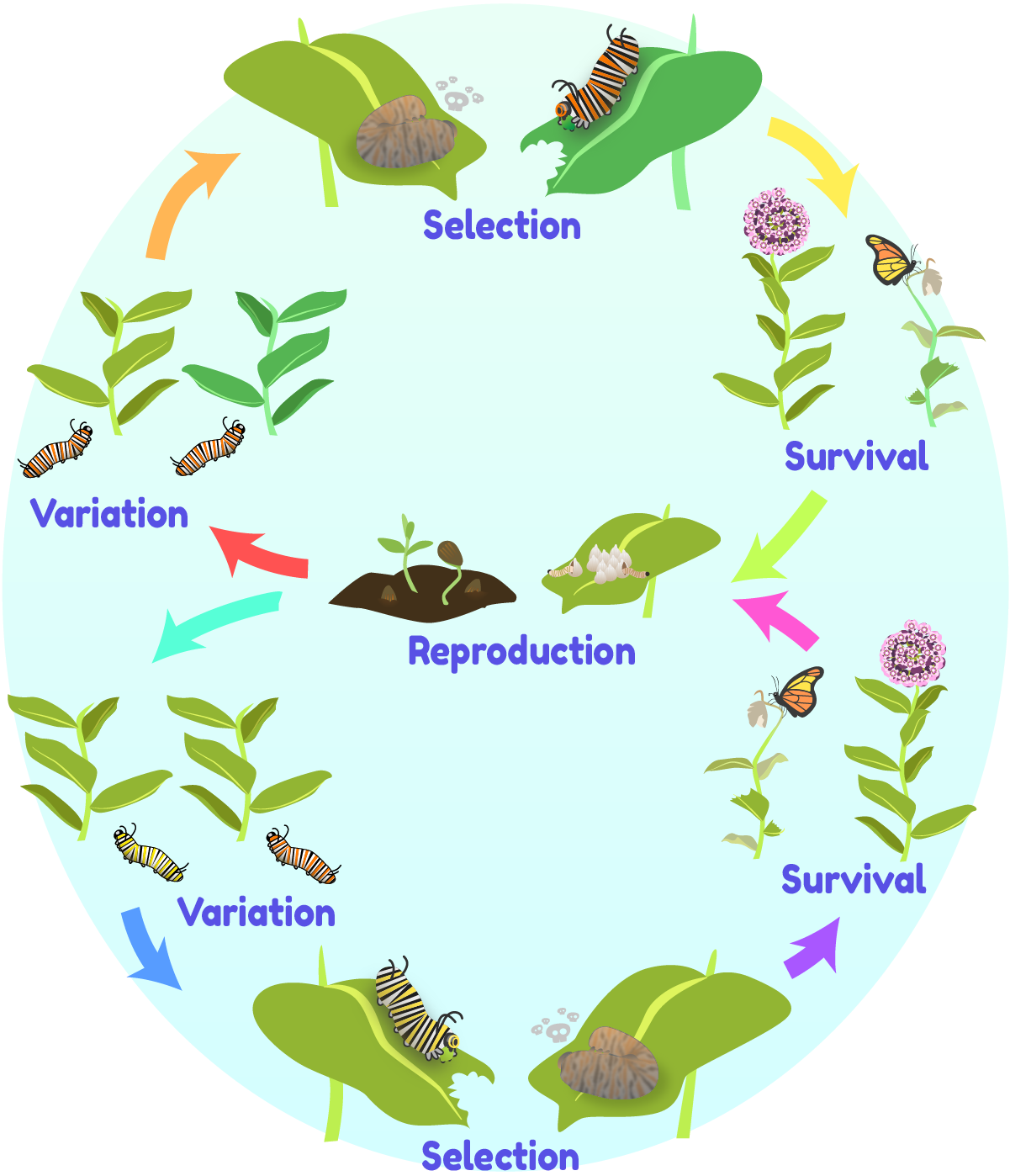
Change Over Lots of Time
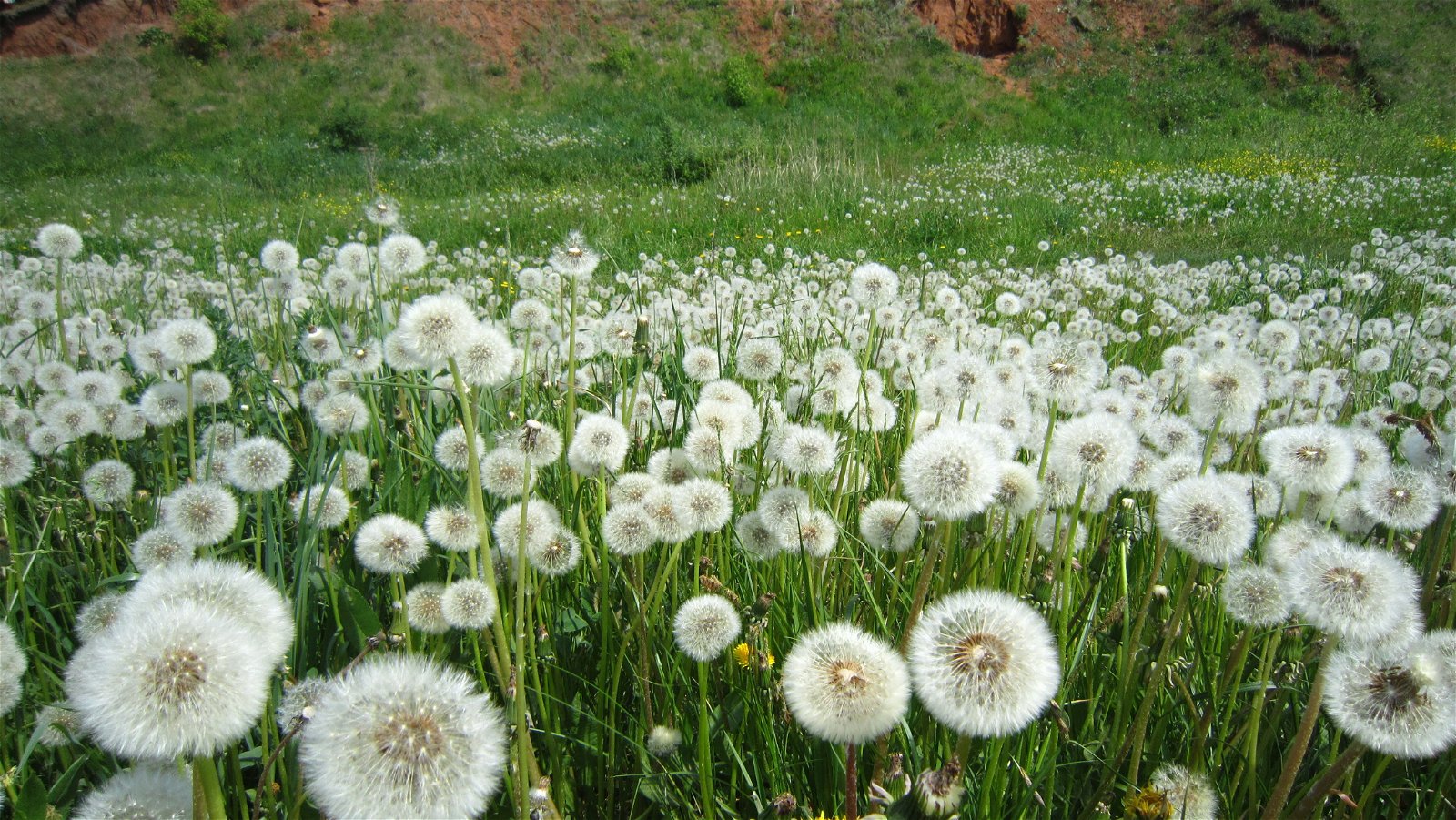
The video shows dramatic trait shifts in just a few generations. This can happen in real life, but more often it takes longer.
Most trait variations are subtle. The effects they have on reproduction are small, so it takes many generations for a noticeable shift to happen.
To become more common, a trait just needs to give you a slight boost over your peers. It doesn’t have to be the end all and be all. In a more realistic “more seeds” example, the difference could be as small as just a few seeds. Since seed number is likely influenced by many genes, not every offspring will have the trait. Plus, the alternative to “more seeds” isn’t “no seeds.” Other plants in the population are still reproducing, even the ones that aren’t quite as good at it. “More seeds” would probably become a tiny bit more common with each generation.
For a shift to happen within a few generations, the trait has to have a huge effect on reproduction. It also needs to be strongly influenced by just a couple genes. Few traits work this way, so change is often slow.
Balancing Competing Priorities
Kind of like how individual people aren’t purely good or purely evil, a trait can be helpful and harmful at the same time. Whether something is good or bad, or helpful or harmful, depends on circumstances.
A peacock’s tail is a tremendous burden—but to mates it’s also a signal of health and vigor. A well-camouflaged butterfly may be better hidden from predators—but it’s also hidden from mates.
Natural selection keeps competing priorities like these in balance. When circumstances change, a trait that was helpful can suddenly become a disadvantage. A brightly colored butterfly may have great success reproducing in a protected environment with few predators. But in a field full of birds, it may not last an afternoon.
Sometimes natural selection pushes a population’s traits to a place of compromise. Like colors that are bright enough but not too bright. Natural selection can also help to maintain diversity, where some individuals are bright, some are dull, and some are in between.
Because environments are always shifting, it can be helpful for a population to have individuals with a range of trait variations. That way, the population as a whole can shift relatively quickly. A more diverse population is also more flexible. It’s likely to persist in changing conditions.
